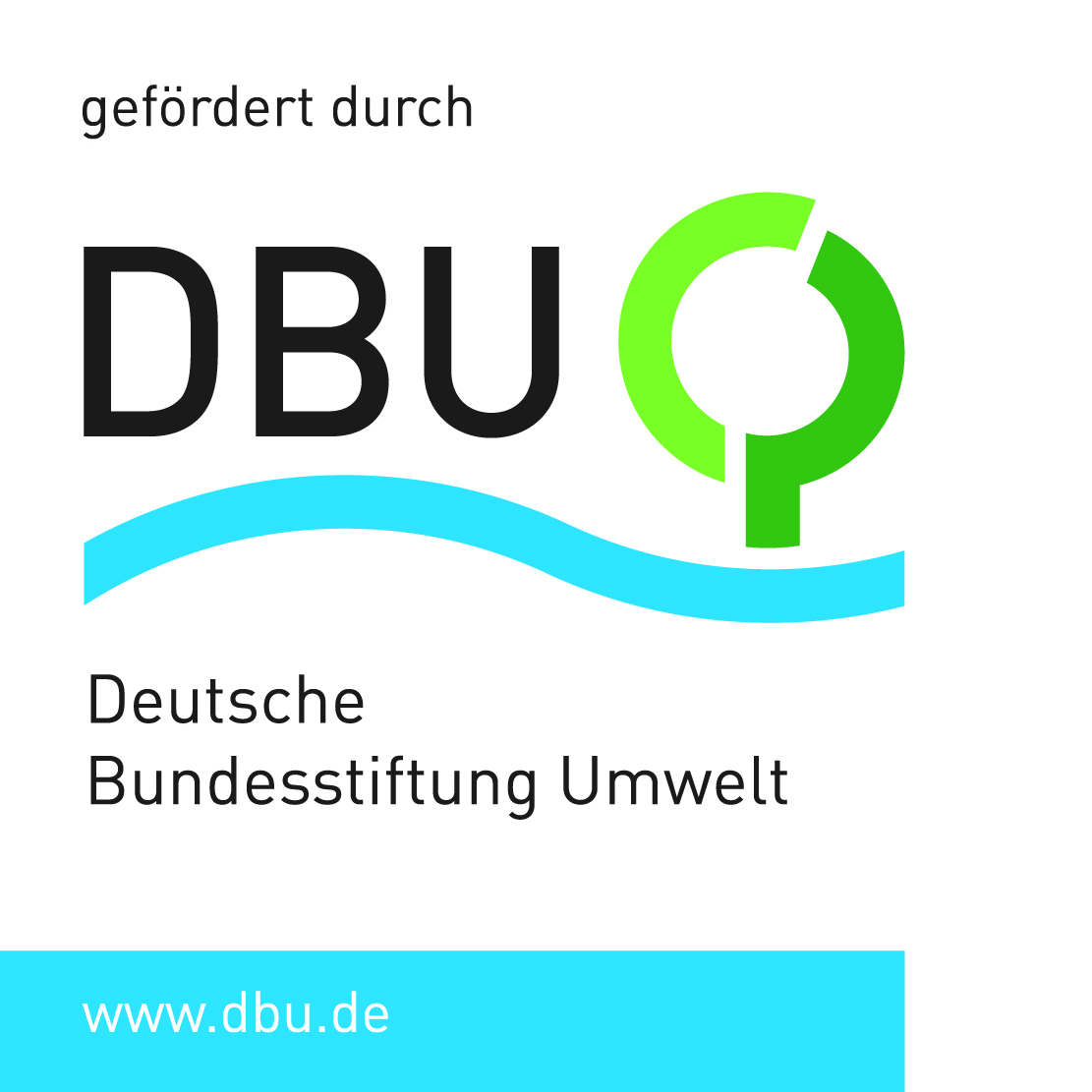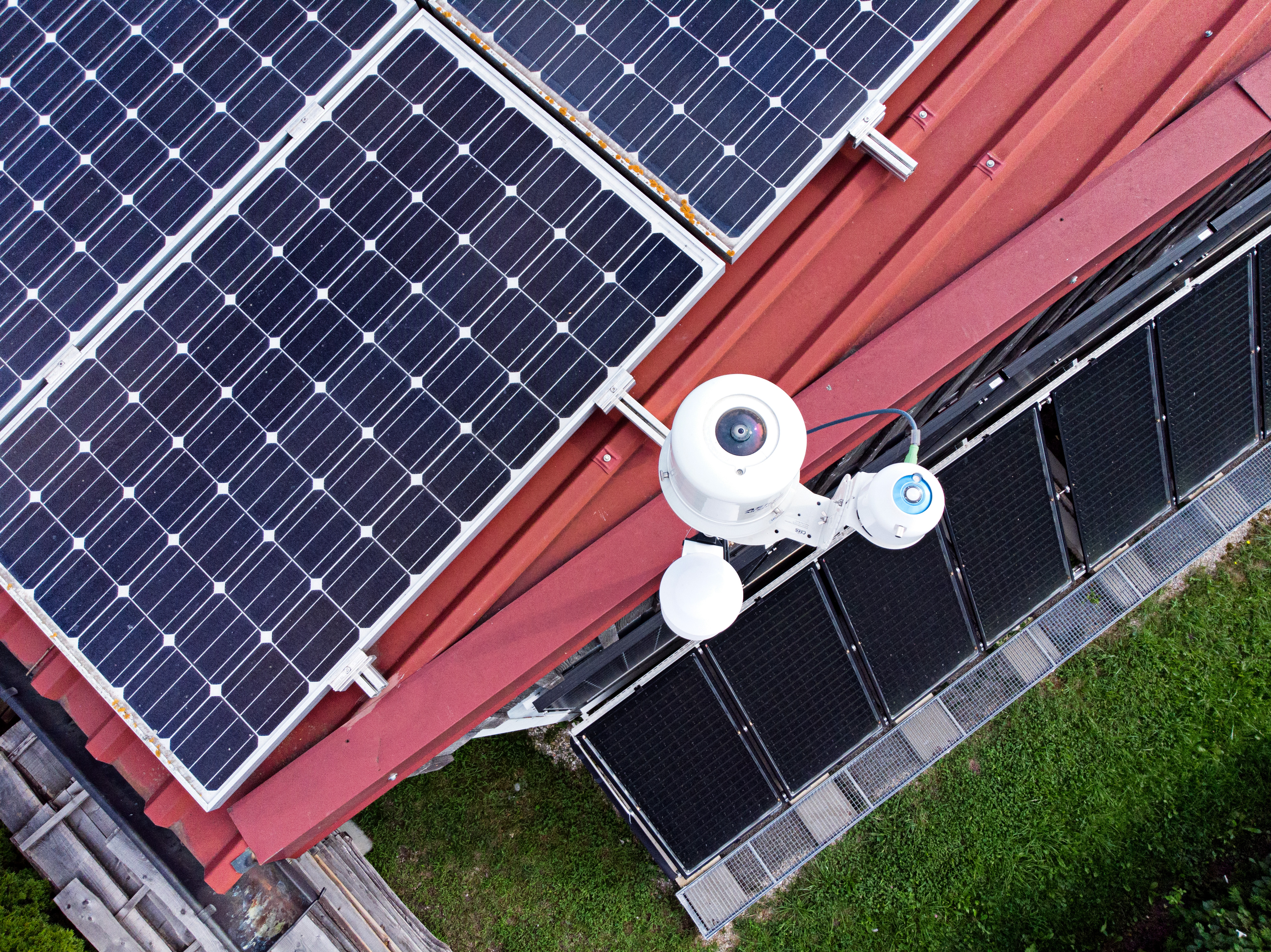DBU_HELIOS - Predictive Spatial Analytics for Solar Energy Grid Integration: Enhancing Reliability and Efficiency
The "Helios" energy meteorology project is developing precise PV forecasts using cloud camera data in order to optimize the integration of solar power into electrical grids.
Project background
Solar power forecasting plays an important role in accelerating and promoting the transition to sustainable energy generation, distribution and use. Reliable forecasts help to plan and optimize the use of solar energy more effectively. This will increase the share of renewable energy in the overall energy mix and reduce the environmental footprint of energy production. This is an important step towards an environmentally friendly and sustainable energy infrastructure.
Project objective
The "Helios" project aims to develop short-term forecasts for solar irradiance with high temporal and spatial resolution. By analyzing all-sky images, cloud objects and classes are identified to gain more detailed insights into irradiance excesses and volatilities. The analysis improves the understanding of the interplay between solar irradiance and cloud movements.
One focus is on linking solar radiation forecasts with real energy yields from a PV research field (digital twin). The further development of meteorological parameters enables a deeper understanding of the areal distribution of solar radiation. Particular attention is paid to the influence of cloud types and edges on the areal solar radiation distribution in order to develop advanced camera-based solar power forecasts.
Project procedure
Together with our project partners, we are putting extensive meteorological measurement technology (including cloud cameras, pyranometers, ceilometers) into operation on a PV research field at the start of the project. Thanks to the data already available from a preliminary study, we can start developing algorithms and methods for cloud detection in All Sky Images at the same time. We will then focus on cloud classification and tracking. The developed algorithms are gradually applied to the PV research field and continuously optimized.
Based on the previous results, a PV forecast is then developed. The collaboration with our cooperation partners ensures an interdisciplinary approach to the research project.
Innovation
Our solar radiation forecast will be integrated into the Digital Twin of the PV research field. This integration opens up the possibility of precisely linking the solar radiation forecasts with the real-time monitoring data from the VCOM Cloud from meteocontrol GmbH and continuously optimizing them. A key aspect is the improvement in the areal resolution of the solar radiation, which enables finer control of the system, which in turn leads to optimized energy generation. Our comprehensive measurement technology also enables a holistic view and analysis of the environmental conditions.
The data collected, combined with the photovoltaic yields achieved and the derived solar radiation values, form the basis for a pioneering AI-based method for precise cloud classification. These innovation approaches strengthen the accuracy and efficiency of solar radiation forecasts and help to further optimize the integration of fluctuating energy producers.
Project lead
T +49 (0) 8031 / 805- 2357 michael.zehner[at]th-rosenheim.de
ORCID iD: 0000-0001-9642-0496
External project collaboration
Deutsche Bundesstiftung Umwelt
Project duration
2024-01-01 - 2025-12-31Project partners
Project funding



